Best Fall Garden Crops
Garden to table in fall? Yes, you can … here is a guide that shows you how.
Cold-weather crops are particularly well-suited for small space gardening because they often require less room and can thrive in the cooler temperatures.
They do well in containers, which provide the type of drainage that these crops prefer.
If you have more space for raised beds, having cool-season vegetables plants can extend the growing season by a few weeks, depending on your gardening zone.
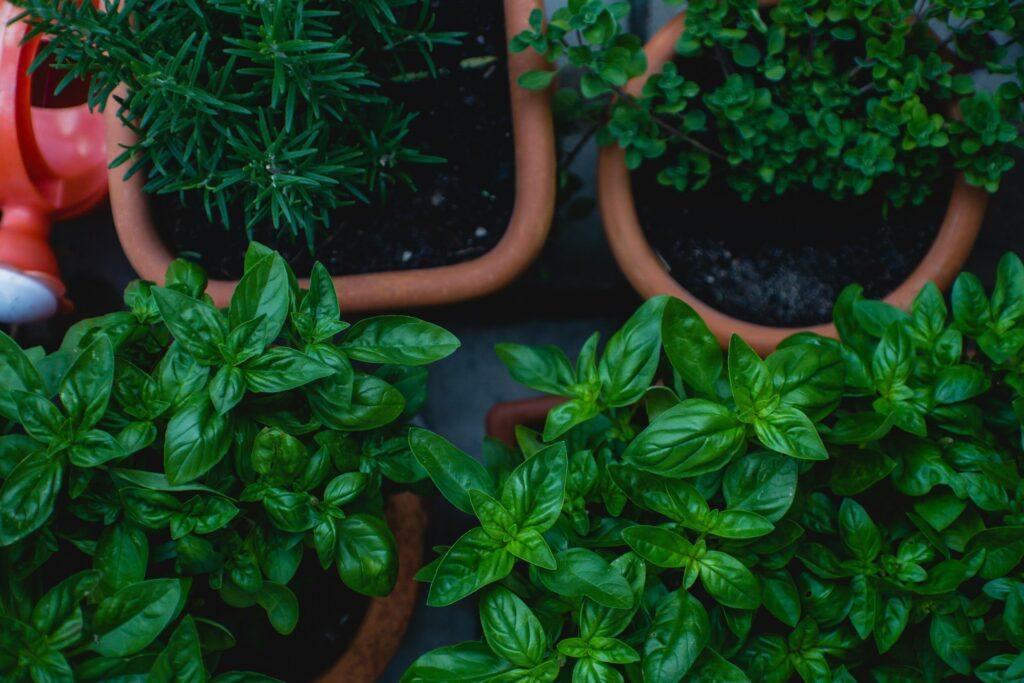
Top Fall Vegetables for Your Container Garden
Leafy greens
Leafy greens are the first crops that come to mind when I think about late-season gardening. They thrive in containers and can extend the gardening season well into the colder months.
Here are some of the best options for fall gardening, especially for small gardens or containers.
Spinach, kale, lettuce, Swiss chard, collard greens are great choices for the fall gardens.
They don’t require deep soil, making them perfect for shallow containers. They produce sizable crops and are also cold-hardy, often surviving light frosts with proper protection.
Root Vegetables
Compact root vegetables like carrots and radishes can thrive in small spaces.
They grow vertically and do not need deep containers.
Check the days to maturity on the seed packets and choose varieties that mature quicker.
Round carrot varieties or small radish types like French Breakfast are some vegetables that fall in this category.
Brassicas
Broccoli, cauliflower, and cabbage are favorites for late-season gardening.
There are dwarf varieties that are better suited for containers or small spaces. These vegetables store well for winter.
Asian Greens
Bok choy, tatsoi, and mizuna are fast-growing and cold-tolerant. They add unique flavors and textures to your meals and are perfect for stir-fries and soups.
Herbs
Many herbs like parsley, cilantro, and chives thrive in cooler weather. They’re perfect for small containers and can be easily moved indoors when the weather is too cold.
Peas
They are a cool-weather crop and can still produce well when planted for a late fall harvest.
Depending on your gardening zone, they may require extra care (such as exta watering or mulching) to keep them cool.
Choose bush varieties for container growing, and provide a small trellis or stakes for support.
Garlic
Make sure to include it in your fall planting schedule for a harvest next summer. They require minimal space and can be tucked into corners of larger containers with other plants.
Sowing Directly vs. Starting with Seedlings
Sowing directly or starting with seedlings are well suited for fall planting, but there some considerations to keep in mind.
Direct Sowing
This method works well for certain fall vegetables.
Leafy greens like spinach and arugula are great choices for direct sowing because they do not like to be transplanted.
They have delicate root systems that may be damaged when transplanted.
Radishes and carrots grow better with the direct sowing approach because they prefer to extend their roots uninterrupted from inception to harvest.
Any disturbance to their root system can result in misshapen or stunted vegetables.
Benefits of direct sowing include: there is no need for special equipement, plants adapt outdoor conditions from the start and the transplant shock is reduced.
Starting with Seedlings
Depending on your gardening zone, planting seedlings may be the key to making sure that you get a harvest before the first frost date.
Broccoli and cauliflower do well when started as seedlings.
Other crops that benefit from starting as seedlings include:
- Cabbage
- Brussels sprouts
- Kale (although it can also be direct sown)
Benefits of starting with seedlings: earlier harvests, better control over growing conditions in early stages, ability to select the strongest plants for transplanting.
Soil and Nutrition Management for Container Gardening
Choosing the right soil mix and proper fertilization are key gardening in containers because plants develop in confined spaces.
This means that the nutrients are consumed faster and are also washed away with watering.
The soil mix that should be lightweight and rich in organic matter.
A combination of peat moss, vermiculite or perlite and compost is a good mix to start with because it provides a good structure for root growth and has good moisture retention.
Keep in mind the specific needs of the plants you are considering when chosing the soil mix.
For example, root vegetables need a looser soil that allows roots expansion.
Consider adding compost because it release nutrients slowly, which is especially helpfull for container gardening.
You can add it to the soil mix or top-dress existing plants.
Here are some basic recipes for soil mixes to consider for fall gardening in containers.
These are just a starting point. Experiment with what you have and consider the needs pf the plants you are working with.
Keep track of your recipes.
Standard All-Purpose Mix
60% high-quality potting soil
30% compost
10% perline or vermiculite
good drainage, water retention and nutrient content
Mix For Leafy Greens
50% potting soil
40% compost
10% perlite or vermiculite
rich in organic matter to support leaves growth
Mix For Root Vegetables
70% potting soil
20% compost
10% sand
loose mix allowig for root development
Mix For Brassicas
50% potting soil
30% compost
10% perlite or vermiculite
10% well-aged manure
Water-Retentive Mix for Drought Sensitive Plants
50% potting soil
30% compost
20% coconut coir
If you notice that the plants grow slow or have pale leaves, you may consider using water-soluble fertilizers.
These should be used with caution to avoid over-fertilizing or under-fertilizing.
You want to avoid salt buildup, which can damage plant roots and make sure that the plants have adequate nutrients available.
Always follow the package directions for any fertilizer you choose.
Fertilizers should be applied when plants are actively growing.
For fall crops gearing up for harvest, a boost in early to mid-season can help them develop fully.
Scale back as the season progress to avoid stimulating growth too close the the frost date.
Pro Tips for Thriving Fall Vegetable Harvest in Small Gardens
- Smart Layout: Place taller plants where they won’t cast shade on shorter ones, and ensure each container gets the light it needs.
- Water Management: Maintain consistent moisture in your garden beds or containers. Stick your finger into the soil—about an inch deep. If it’s dry, then the plants need water. Always water at the root and not on the leaves to prevent fungal diseases.
- Pest and Disease Control: Monitor for pests and plant diseases. Small spaces can manage these issues with organic sprays or physical barriers like netting. You want to catch the problems as early as possible.
- Season Extension: Use cloches, row covers, or even move containers indoors if possible to extend the growing season. This can help protect your crops from early frosts and allow for a longer season.
- Succession Planting: To maximize your small space, plant quick-maturing crops like radishes or lettuce in succession every 2-3 weeks.
- Vertical Growing: Utilize trellises, cages, or stakes to grow vining crops like peas vertically, to maximize space usage.
Storing Your Fall Harvest for Winter
Fall gardening offers the possibility to store many crops for winter use. Here are some storage tips for common fall vegetables:
Root Vegetables (Carrots, Beets, Turnips)
- Brush off soil, but don’t wash
- Remove greens, leaving about an inch of stem
- Store in boxes filled with damp sand or sawdust in a cool (32-40°F), humid place like a root cellar or unheated basement
Leafy Greens (Kale, Collards)
- Harvest before a hard frost
- Wash, dry thoroughly, and store in plastic bags in the refrigerator crisper drawer
- For long-term storage, blanch and freeze
Brassicas (Cabbage, Brussels Sprouts)
- Store whole heads of cabbage in a cool, humid place
- Brussels sprouts can be left on the stalk and stored similarly to cabbage
- For longer storage, blanch and freeze
Garlic and Onions
- Cure in a warm, dry place for 2-3 weeks
- Store in mesh bags in a cool, dry location with good air circulation
Winter Squash and Pumpkins
- Cure in a warm, dry place for about 10 days
- Store in a cool (50-55°F), dry place with good air circulation
If you are short on space, then consider other ways of storing vegetables such as fermenting them.
Additional Considerations
Crop rotation is an important to prevent soil depletion and to reduce the risk of pest and disease buildup.
Look for plants labeled as “cold-hardy” or “frost-tolerant” for best results in your fall garden.
Consider companion planting – for example, planting nitrogen-fixing legumes like peas alongside leafy greens can improve soil fertility.
Use organic mulch around your fall plants to help regulate soil temperature and retain moisture.
If you want to save seeds for next year, consider planting heirloom varieties of fall vegetables.
Remember to harden off seedlings before transplanting them to increase their chances of survival.

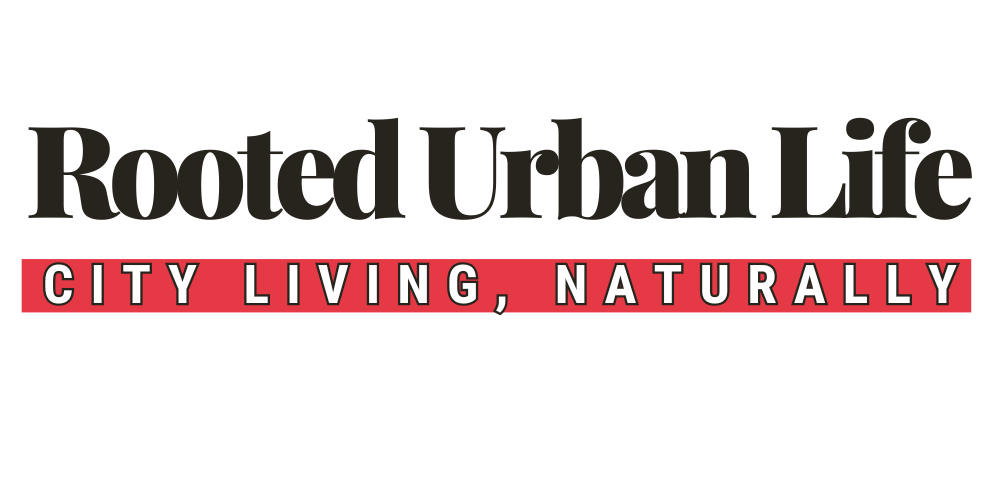
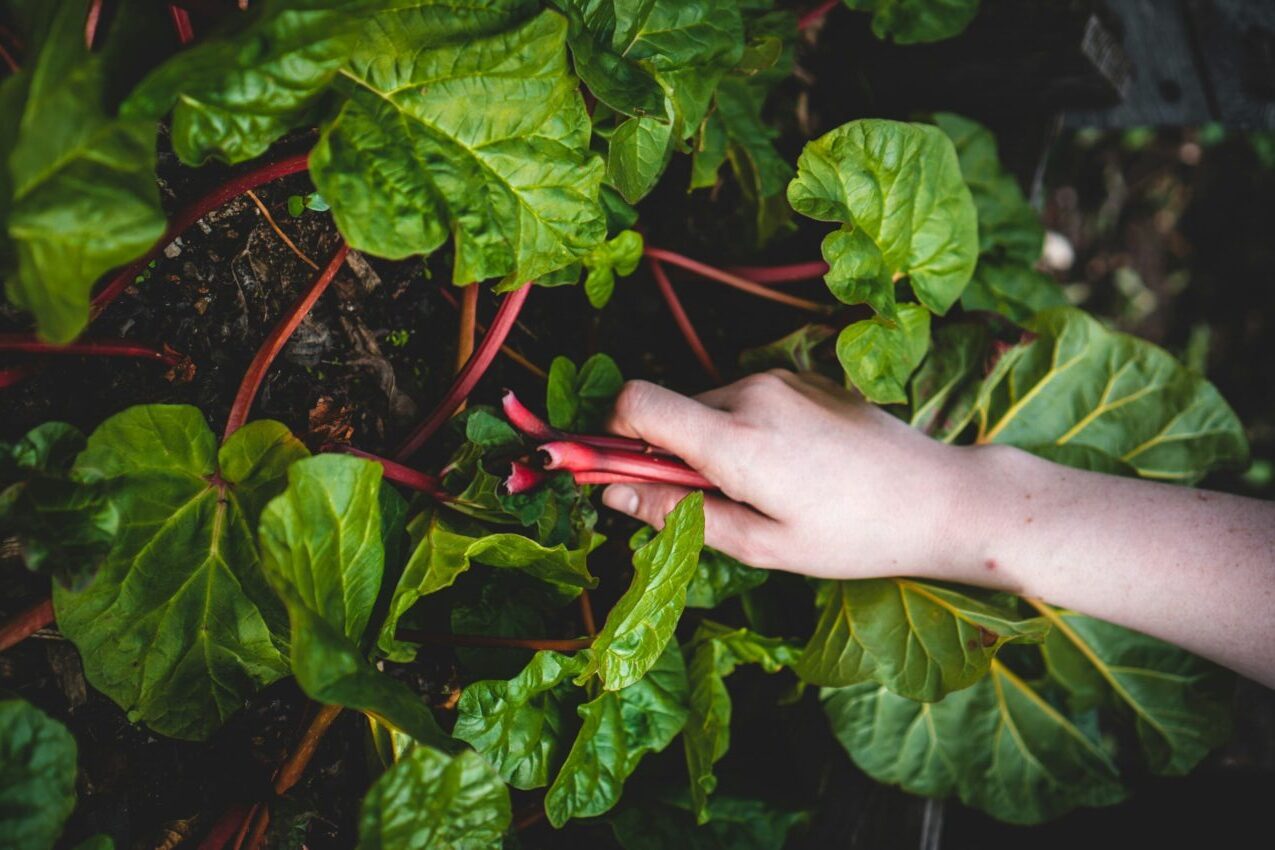
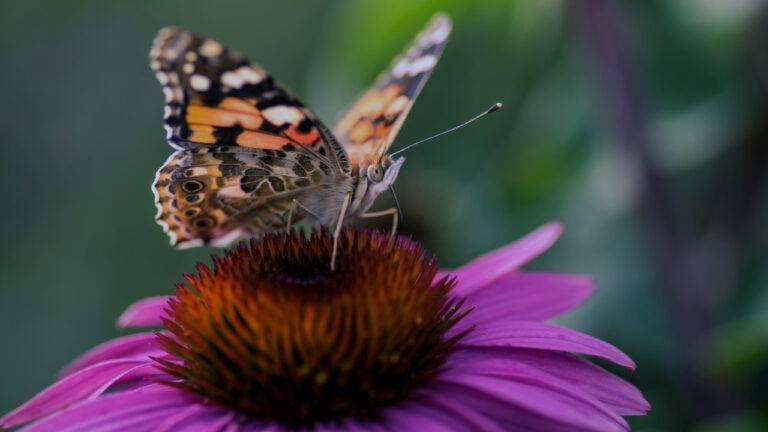

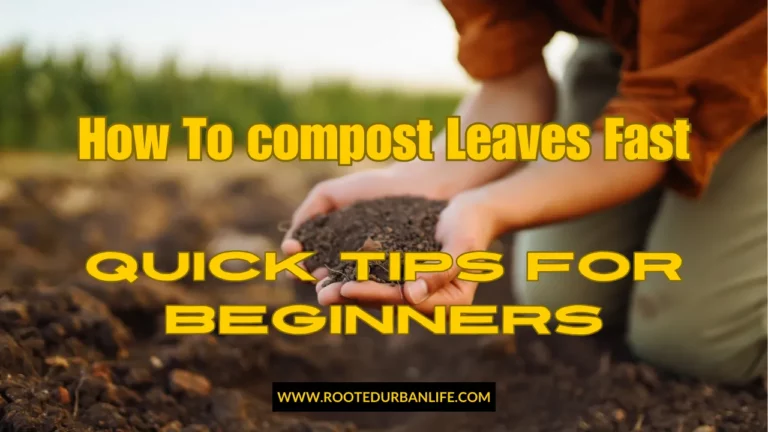
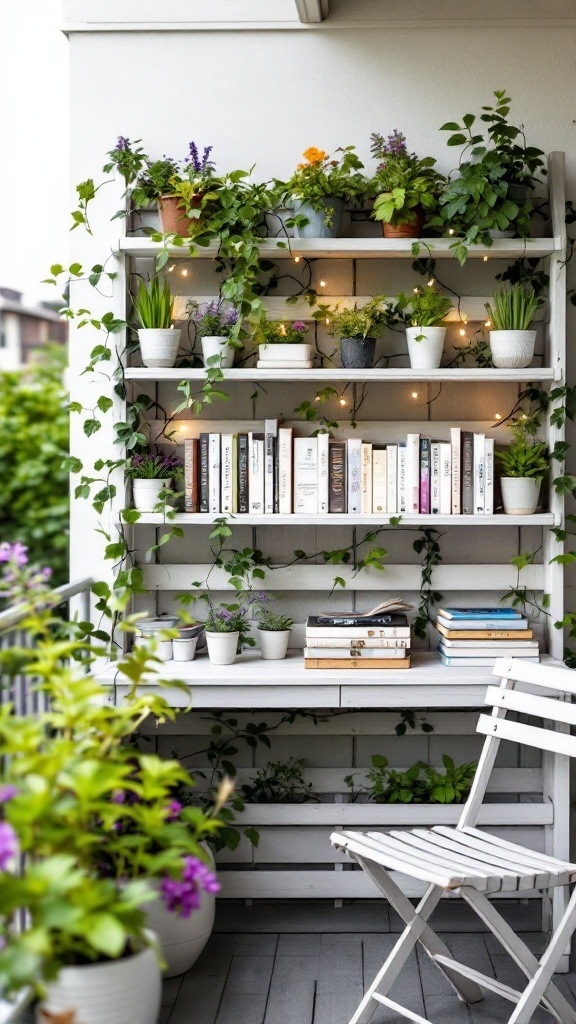
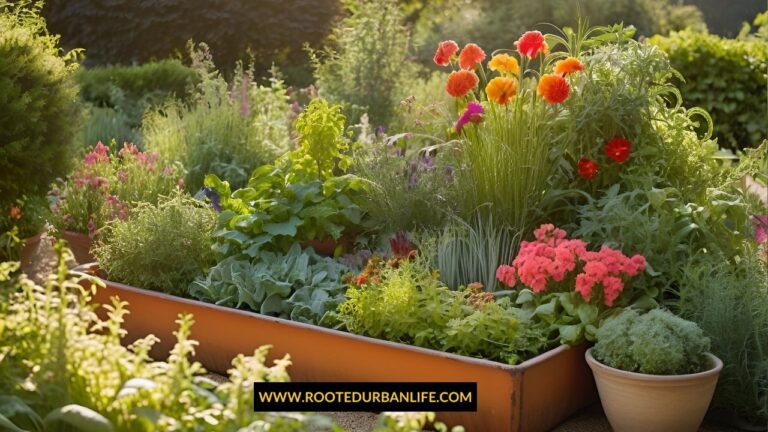
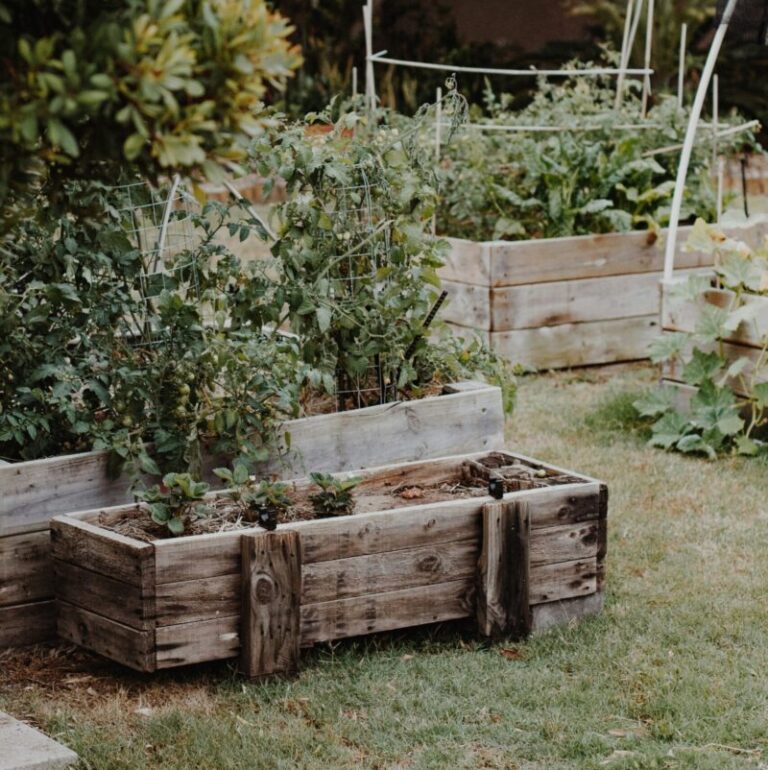
What a fantastic guide! This article is a goldmine for anyone looking to maximize their gardening potential in the fall, especially in small spaces. I really appreciate the emphasis on fall crops being particularly suited for container gardening. It’s great to see such a diverse list of options for fall gardening, from leafy greens and root vegetables to brassicas and Asian greens. Each category offers something unique and delicious to the table.
This article is a thorough, practical, and encouraging guide for anyone looking to dive into fall container gardening. It’s clear, comprehensive, and brimming with useful advice. You’ve inspired me to make the most of my small space and keep the garden going strong into the cooler months. Thanks for sharing.
Hi Kavitha. Space should not stop people from trying to gain some control over the quality of their food 🙂 Thanks for stopping by and I am glad you found it useful.
Hey thanks for a really insightful post on gardening in small spaces and in the fall. I love the idea about staggering planting of lettuce to ensure a continuous harvest. The storage tips are really helpful also. You’ve covered everything. I’m in to fermenting vegetables which is a great way to conserve them for future use. I also like to eat organically grown vegetables so would have to be careful about using fertilisers. Are potting mixes organic? Thanks
Hi Lyn. Thanks for stopping by. I ferment as well. Cabbage is a favorite of mine. About your question – not all potting mixes are organic. It is usually marked on the bag. If you buy in bulk from the nurseries for example, the seller would know. Sometimes it is hard to know if the soil is contaminated or not when you buy by the truckload. But for containers or small spaces , the organic mixes form the gardening store should be fine.